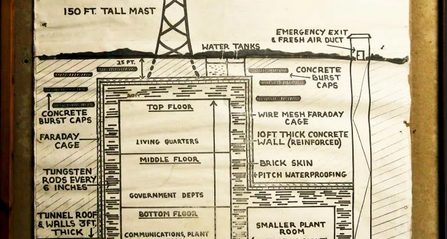A new study provides a reality check about your chances of surviving a nuclear explosion. It suggests that, even if you’re hiding indoors and far away enough to avoid immediate disintegration, the high-speed winds created from the blast could still be enough to kill or seriously injure you. But the findings also indicate the best locations within a building to take shelter, should the worst-case scenario ever occur.
The research comes from scientists from the University of Nicosia in Cyprus. They created a computer model of the impacts of a 750 kiloton-rated warhead detonated above a typical city.
The explosion would vaporize people caught within the initial fireball, which could extend just over half a mile around the bomb. Within 10 seconds, the researchers found, the blast would create a shockwave bubble almost 3 miles in radius at ground level. This wave would kick up winds strong enough to kill or maim people unlucky enough to be stuck outside, and it could even knock down some flimsier buildings. Concrete-reinforced buildings would largely remain intact, the team went on to find, but not necessarily everyone inside them would survive.
Abandoned mines can store enough electricity to power the planet, scientists claim
“Before our study, the danger to people inside a concrete-reinforced building that withstands the blast wave was unclear,” said study author Dimitris Drikakis in a statement from the American Institute of Physics. “Our study shows that high airspeeds remain a considerable hazard and can still result in severe injuries or even fatalities.”
Read more: Gizmodo







































